25 July 306
Constantius dies at Eburacum (York); Constantine is immediately proclaimed Augustus by his soldiers.
25 July 325
Nicene Creed
25 July 326
Helena dies at Naples. She is subsequently buried in Rome within the mausoleum attached to the basilica [circus martyrium] of Saints Marcellinus and Peter.
Fausta commits suicide at Rome.
25 July 1778 Saturday
. . . . . .
Artifacts of the Bianconi vs Piranesi 'Circus of Caracalla' affair 1772-1789
Giovanni Lodovico Bianconi's "Elogio Storico del Cavaliere Giovanni Battista Piranesi Celebre Antiquario ed Incisore de Roma" (1779)
paragraph twelve
After having engraved and published most of the antiquities of Rome and the Roman countryside, after having published the best part of his works, namely the Fasti Consulari and Trionfali taken from the Capitoline marbles, he made several trips to Naples to observe that city, which the magnanimous genius of Charles III, now Monarch of Spain, discovered under the lava and ashes of Vesuvius, which had kept them hidden for almost seventeen centuries. He observed very attentively the measurements, the shape, the plan and the distribution of the theater of Herculaneum, which, although covered and about seventy palms underground, with marvelous artifice can still be seen intact and turned. To Piranesi, as an expert in these things, a glance was worth more than the more tiring measurements to another. He also took the plans of what has so far been discovered of the intact city of Pompeia, an inexhaustible mine of erudition. It seems that he intended to publish all these things, if death did not prevent him, but we hope that the tutelary genius of the fine arts will make up for his children and heirs. It was on that occasion that he went as far as Lucania to see the ruins of the very ancient city of Possidonia, or both of Pesto, and he drew those singular colonnades of temples and basilicas, also witnesses of the ancient greatness of primitive Italics. These he had time to engrave beautifully, and we, who have seen both the ruins and the etchings, are sure of the approval of the public.
It is clearly evident that Bianconi knew full well what Piranesi had been working on the last few years of his life. How Bianconi came to have this knowledge remains unknown, yet still, one gets the sense that much of it was first-hand knowledge. Did Bianconi sometimes accompany Piranesi on his excursions?
46 y.o. Francesco Piranesi 1804
Le Antichitŕ della Magna Grecia Parte I
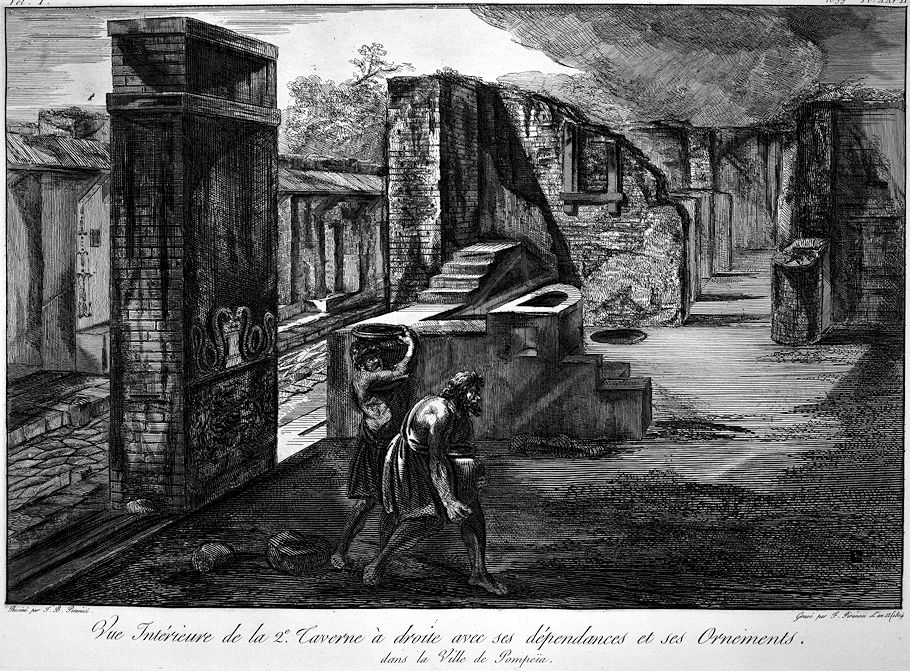
Interior view of the 2nd Tavern on the right with its outbuildings and Ornaments, in the city of Pompeii.
Drawn by G.B. Piranesi
Engraved by F. Piranesi Year 12 (1804)
25 July 1812 Saturday
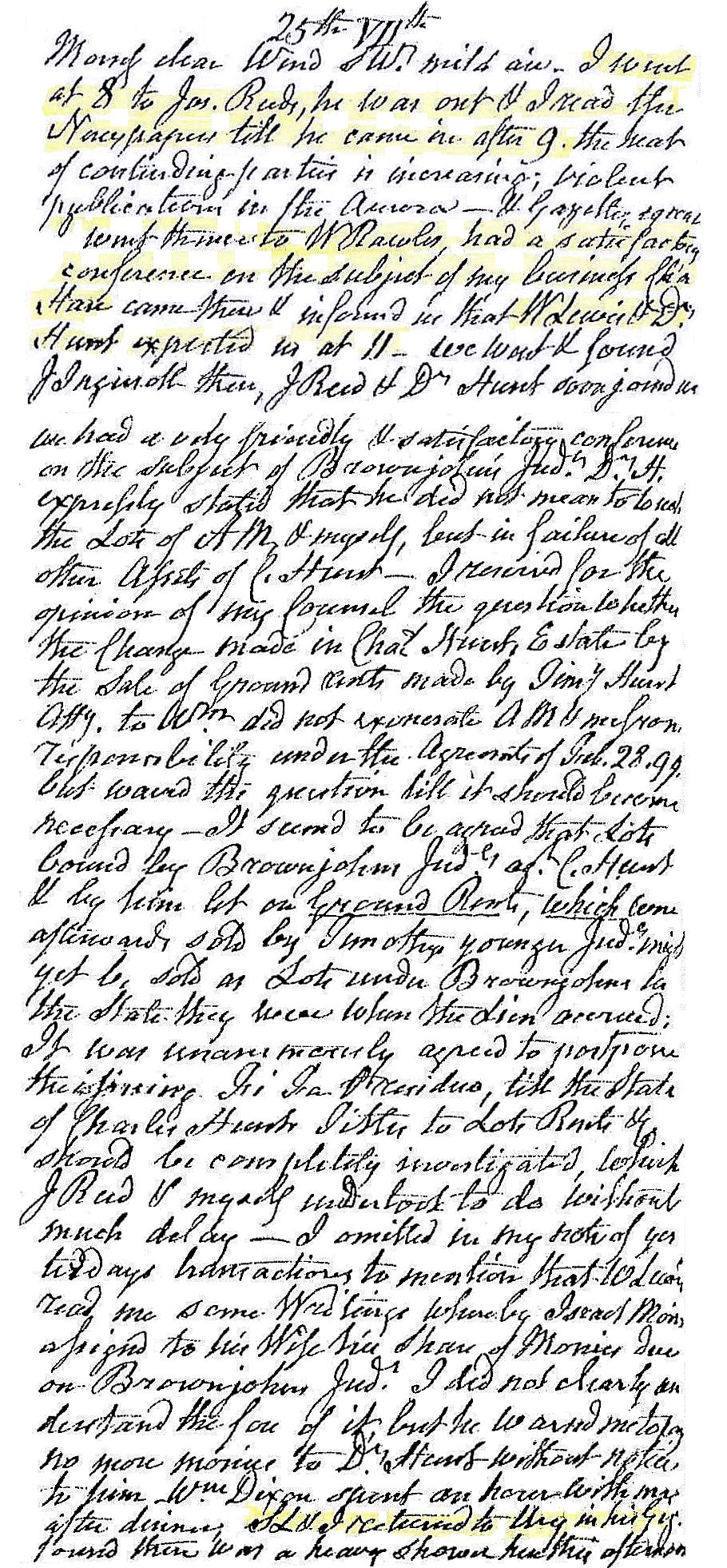
Morning clear, wind SW, mild air. I went at 8 to Joseph Reeds, he was out and I read the newspapers till he came in after 9. The heat of contending parties is increasing, violent publications in the Aurora--and Gazette ...... I went thence to W Rawle's, had a satisfactory conference on the subject of my business. Charles[?] Hare[?] came there and informed us that W Lewis and Dr. Hunt expected us at 11. We went and found J Ingersoll there, J reed and Dr. Hunt soon joined us. We had a very friendly and satisfactory conference on the subject of Brownjohn's Judgement. Dr. Hunt expressly stated that he did not mean to touch the lots of AM and myself, but in failure of all other aspects of C. Hunt. I reserved for the opinion of my counsel the question whether the change made in Charles Hunt's estate by the sale of ground rents made by Timothy Hunt Attorney[?] to William did not exonerate AM and me from responsibility under the agreements of February[?] 28.99, but w....[?] the question till it should become necessary. It seems to be agreed that lots bound by Brownjohn's Judgement against C. Hunt and by him let us ground rents, which were afterwards sold by Timothy's younger Judgement might yet be sold as lots under Brownjohn's in the state they were when the lien occurred. It was unanimously agreed to postpone the issuing Fi Fa [?] resi duo[?], till the state of Charles Hunt's titles to lot rents etc. should be completely investigated, which J reed and myself understood to do without much delay.
I omitted in my notes of yesterday's transactions to mention that W Lewis read me some writings whereby Israel Morris assigned to his wife shares of monies due on Brownjohn's judgement. I did not clearly understand the fore[?] of it , but he warned me today no more monies to Dr. Hunt without notice to him.
William Dixon spent an hour with me after dinner. SL and I returned to Ury in his gig. Found there was a heavy shower here this afternoon.
25 July 1997
Vico and the Campo Marzio
from: Patrick L. Gardiner, "Philosophy of history" in Encyclopedia Britannica (Chicago: Encyclopedia Britannica, 1969), vol. 11, p. 543.
"Giambattista Vico's Scieza nuova (1744) was a work whose importance remained for a long time unrecognized, partly, no doubt, because of the obscure and scholastic manner in which the Italian philosopher expressed his ideas. Central to the book is the contention that the kind of knowledge which men can achieve of their own actions, creations, and institutions--the material of history--is of a radically different kind from the knowledge that is acquired by the observation and investigation of the nonhuman or "natural" world: indeed, knowledge of the former type is of a superior or "more certain" character. In order truly to know something it is necessary in some sense o have made it, and where as the reality which the physical scientist studies is the creation of God and therefore only properly known to him, "the world of nations" that forms the subject matter of history is the creation of men and is therefore something that men can "hope to know." Thus Vico was led to stress the differences rather that the analogies between historical and other forms of inquiry and laid emphasis upon the need for the historian to recreate imaginatively the spirit of the past ages and the outlook and attitudes of mind possessed by the men who lived in them, instead of trying to impose upon them inappropriate interpretive models--"Pseudomyths"--suggested by ways of thinking and feeling current in his own time. It is true that Vico pronounced a cyclical theory of human history, according to which "nations" or cultures pass through determinate stages: he employed it, however, in a manner that underlined man's nature as a historical being, whose powers and capacities do not conform to a fixed and static pattern but are subject to change and development in the course of time: it is not through a priori intuition of through attention to the subjective findings of introspective self-consciousness that we can acquire the deepest insight into what we are (as so many of his contemporaries assumed), but through a critical and sympathetic interpretation of the evidence provided by historical research.
I copied this quote because it immediately brought to mind Piranesi's Campo Marzio as an imaginative recreation of the spirit of past Roman ages. In reading the above quote thoroughly, however, it seems that relating it to Piranesi is like being on a double-edged sword--a thin line between being too imaginative and going so beyond contemporary modes of interpretation. An interesting question at this point is whether Piranesi did avoid totally interpretive methods that were current in his time.
25 July 2001
Piranesi, Duchamp and Mustard
It was in Philadelphia May 1999 that the director of Quondam - A Virtual Museum of Architecture discovered that Piranesi's Ichnographia Campus Martius is actually a print executed in two (heretofore unknown) states. This discovery was made in the University of Pennsylvania's Fine Arts Library, a building designed by Frank Furness which in the 1960s housed Louis I Kahn's master architecture class and today houses the Louis I. Kahn Archives. The Piranesi Campo Marzio discovery occurred exactly between those two 'Kahn' spaces.
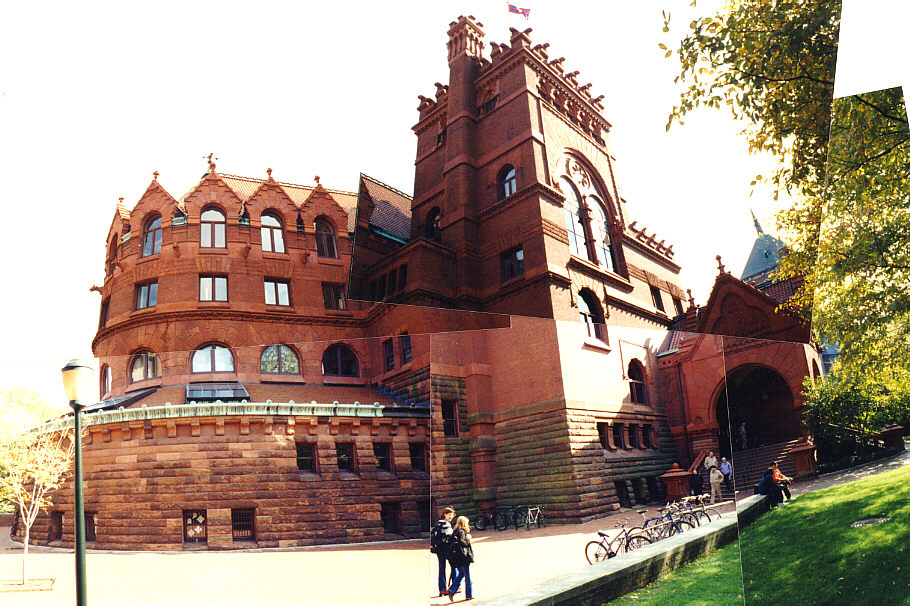
25 July 2007
Verb: Featured Discussion
Perhaps all "the experts" really want is to maintain their control of what is "legitimate".
"Official art culture is much more effective in its control of history than Republican strategists, for it knows that the best way to treat contradictory material is not to rail against it, but simply to pretend it didn't happen."
"The Establishment" has a long history of ignoring material that emanates from outside their control, and, more times than not, the establishment ultimately has to accept what it first chose to ignore (or deem illegitimate).
There is a direct relationship between ignoring and ignorance.
25 July 2013
Traditional/Classical Architecture- Part 2
Personally, I would like a truly eclectic house...
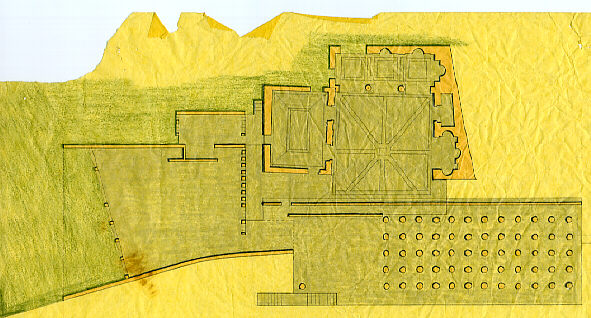
...showing my love of all architectur[al education].
25 July 2017
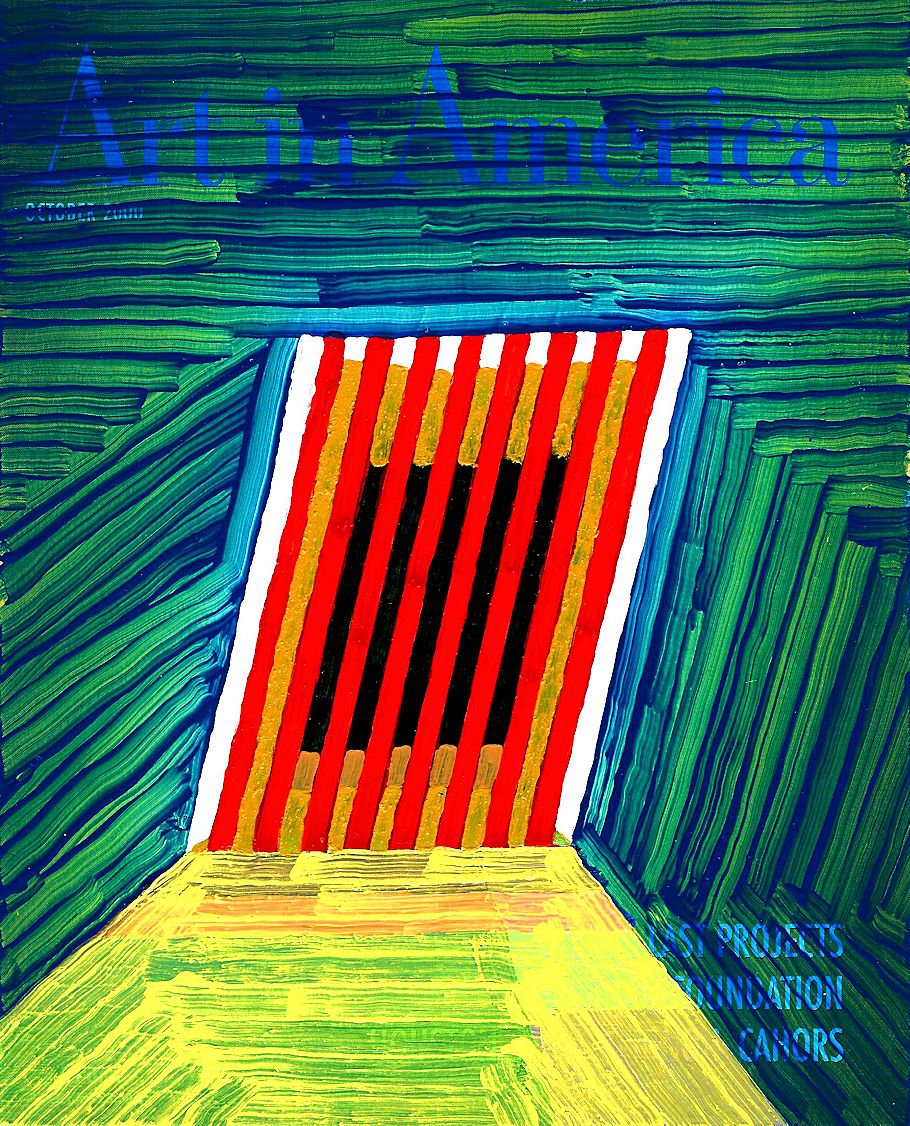
zero six four
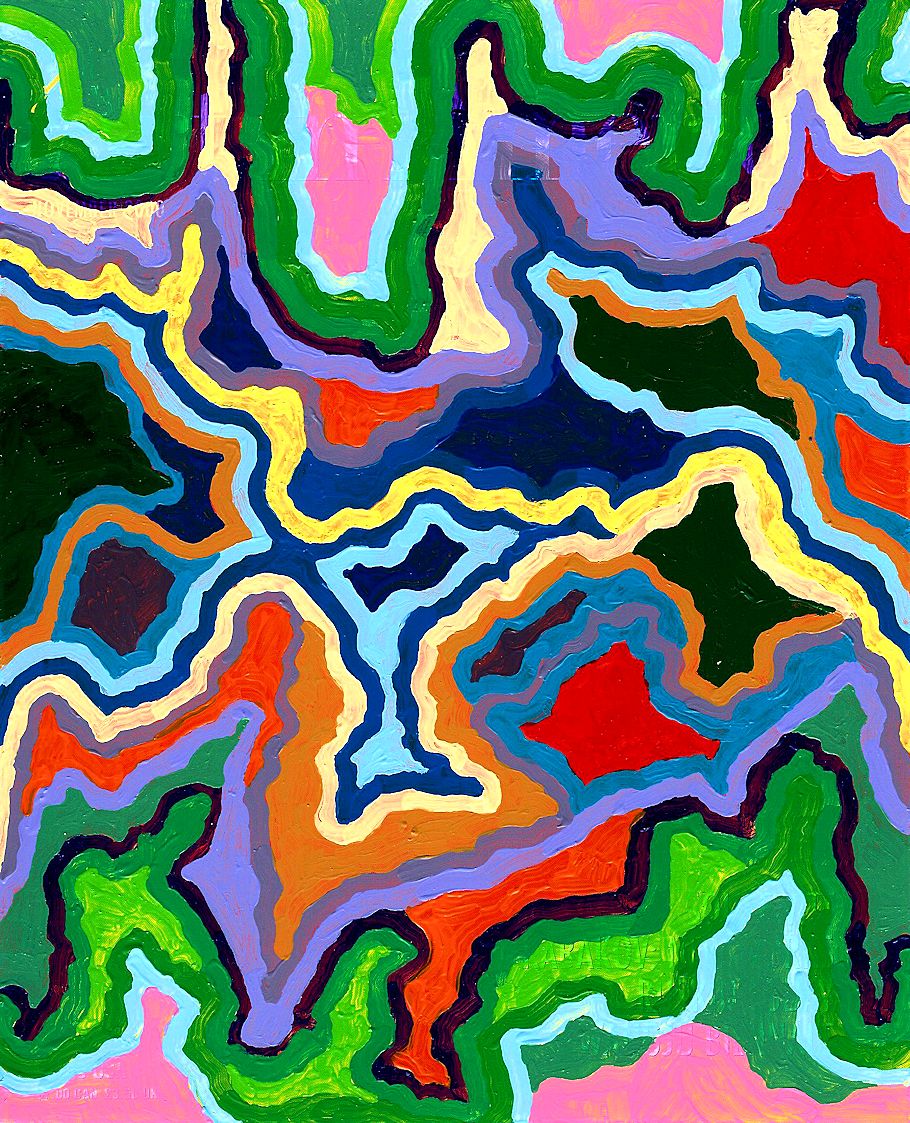
zero six five
25 July 2020
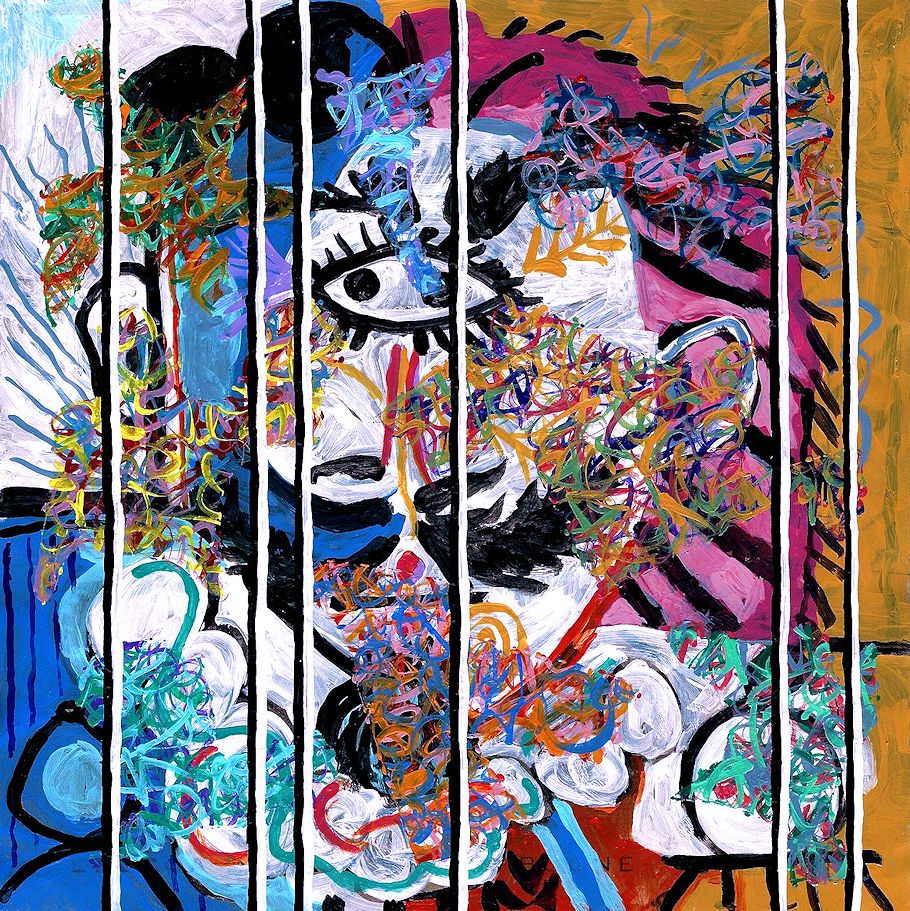
Mary Boone's 180 hours of community service hours 145 146 147
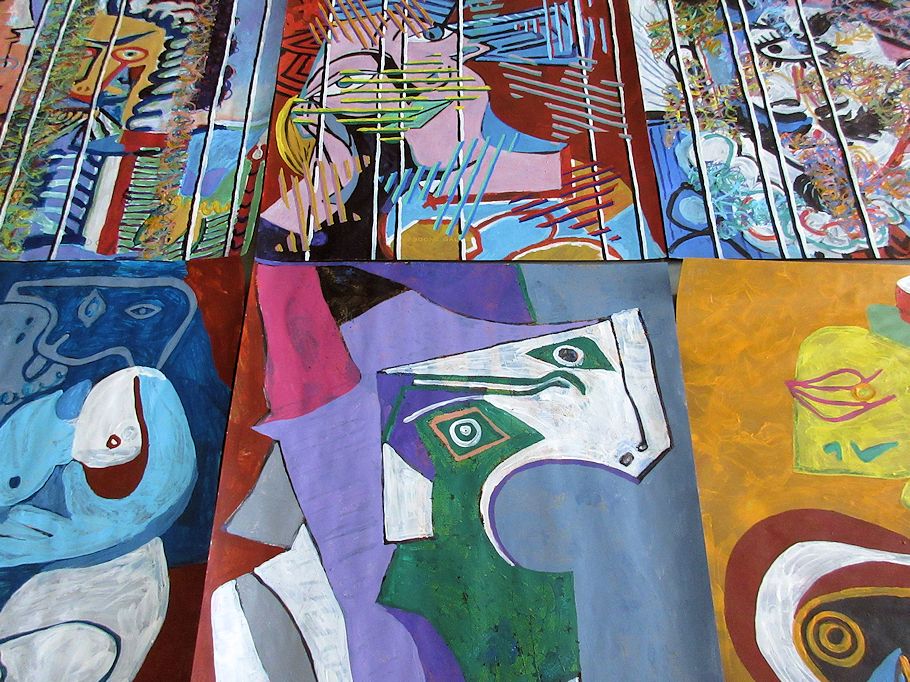
25 July 2023 Tuesday
. . . . . .
|